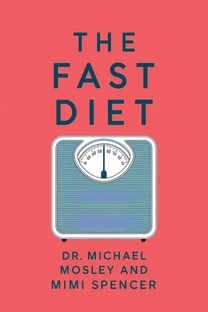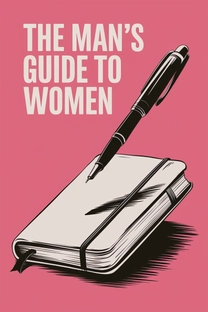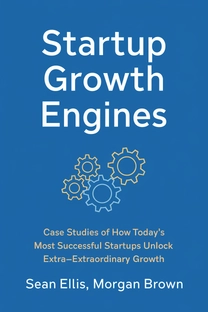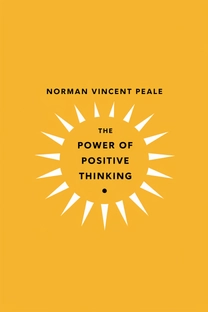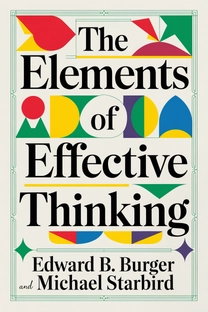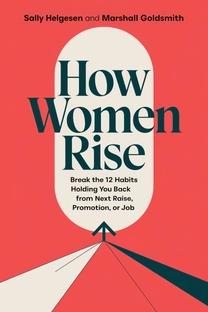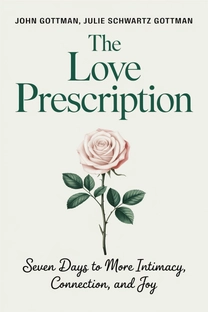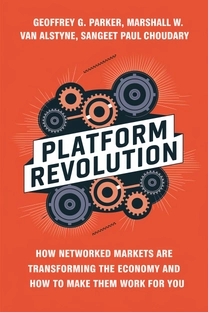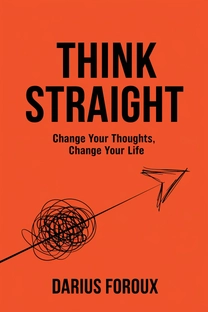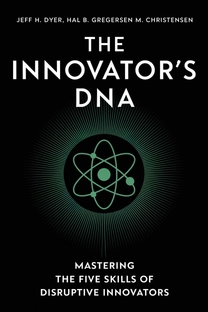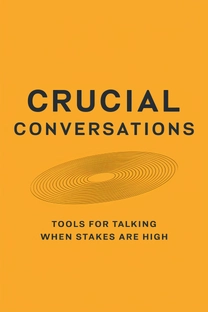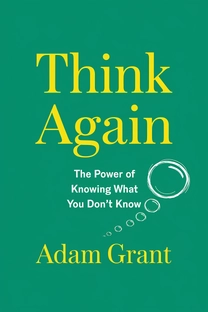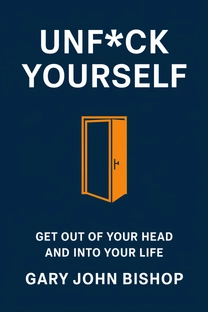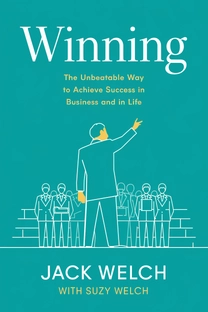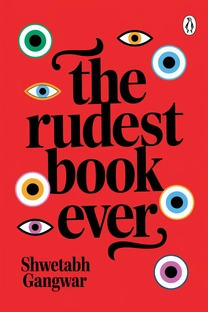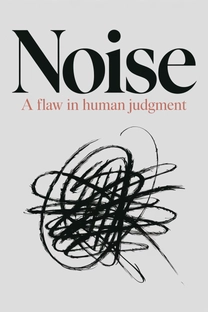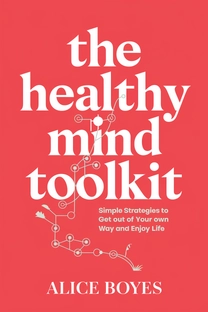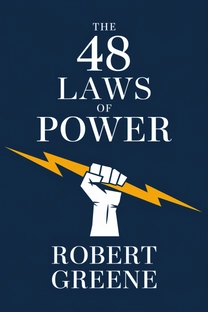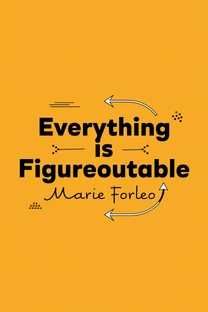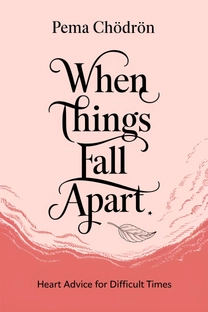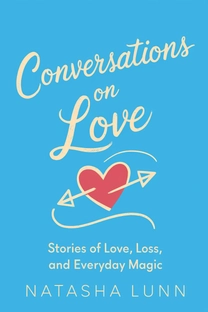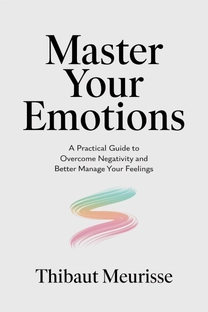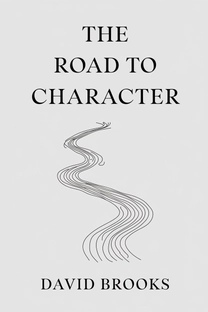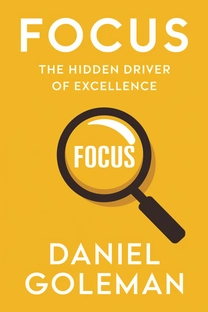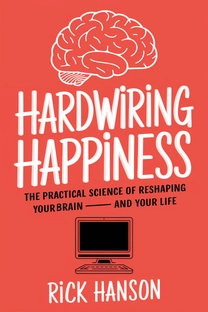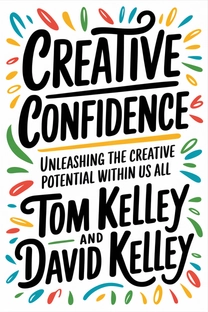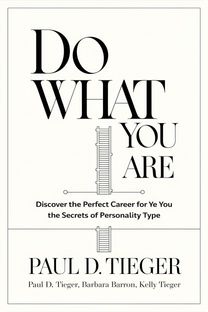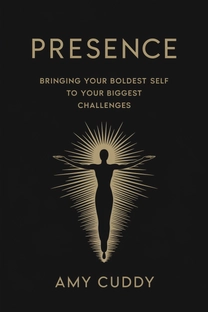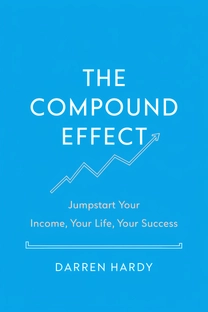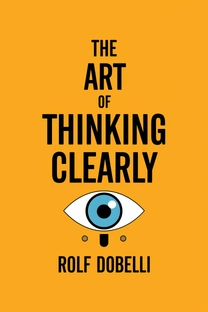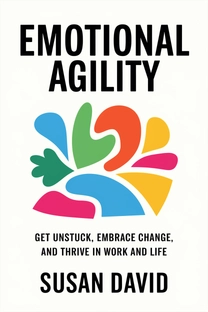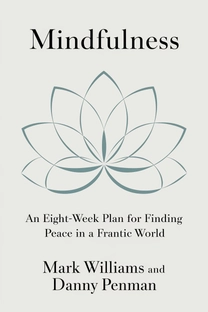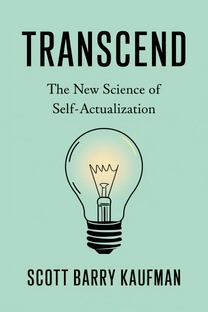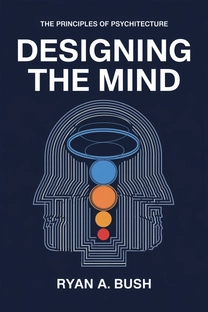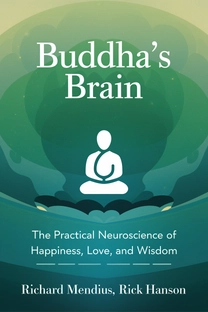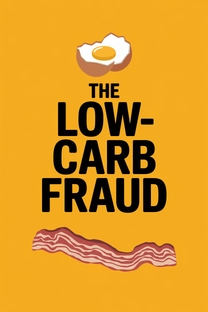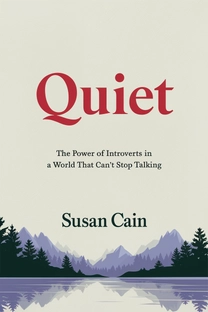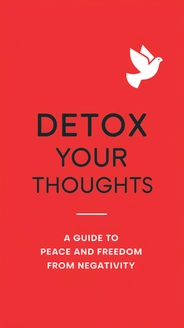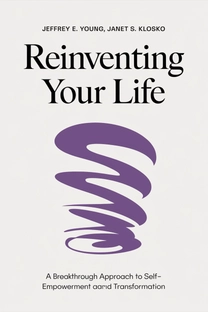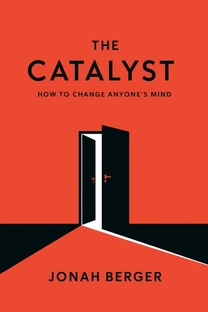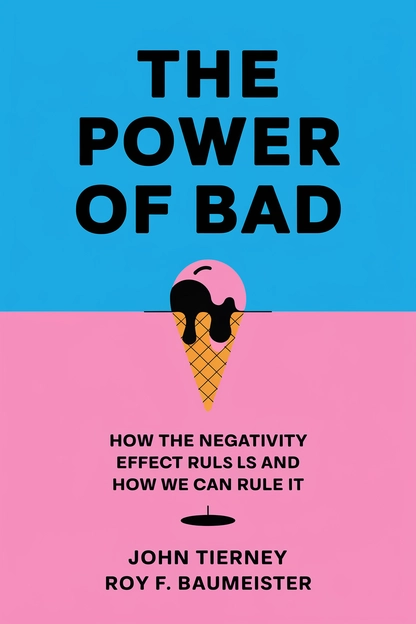
The Power of Bad
How the Negativity Effect Rules Us and How We Can Rule It
by John Tierney, Roy F. Baumeister
Brief overview
This book explores how our minds are wired to focus on the negative, often giving it much more power than the positive. By examining personal relationships, workplace dynamics, and cultural phenomena, it shows how to recognize and balance out this negativity effect so that setbacks lose their grip. Readers will come away with strategies to protect themselves from harmful biases and to harness the benefits of constructive criticism.
Introduction
Sometimes all it takes is a single harsh criticism to ruin our day, overshadowing the praise we received earlier. This is an example of the negativity effect at work. We tend to feel the sting of bad moments more intensely than the pleasure of good ones. Science shows that negative information and experiences often outweigh positive ones by a noticeable margin.
Yet the news isn’t all doom and gloom. By recognizing how negativity skews our view, we can see missteps–and even failures–as part of growth. This introduction lays the groundwork for understanding why “bad is stronger than good” and how it shapes our decisions, relationships, and motivations. From there, we can move toward practical strategies to tip the balance back in our favor.
In the pages that follow, you’ll find scientific insights about human emotion, stories of how negative moments can derail relationships, and evidence that a few positive efforts can counteract the strongest setbacks. Most importantly, you’ll learn how to harness the power of bad for good, meaning how thoughtful attention to negative events can push us to learn, innovate, and grow, rather than remain anxious or discouraged.
Why Bad Sticks: The Negativity Effect
An essential discovery in psychology is that negative occurrences often command more mental energy than positive ones. This imbalance, sometimes called the 'negativity bias,' manifests in many areas of life: a single insult can overshadow months of compliments, and a minor mishap can spark disproportionate worry.
From an evolutionary standpoint, this focus on negative stimuli was adaptive: ignoring a predator or a dangerous threat could be fatal. Over time, the tendency to respect danger became an integral mental shortcut, meaning we give more weight to what could harm us than what might delight us.
In modern living, our brains still ring the alarm for far less perilous issues, like an unkind word on social media or mild customer complaints. By learning to notice and label this cognitive overreaction, we can rewire our habits to avoid catastrophizing every setback. Recognizing the negativity effect is the first step in loosening its grip.
What is The Power of Bad about?
"The Power of Bad: How the Negativity Effect Rules Us and How We Can Rule It" by John Tierney and Roy F. Baumeister dives deep into the pervasive influence of negativity bias in our daily lives. It illustrates how this psychological phenomenon shapes our perceptions, affects our decision-making, and skews our relationship dynamics. Through a careful examination of real-life scenarios within personal relationships, workplaces, and cultural narratives, the book reveals the disproportionate power of negative events, and how recognizing this can be transformative.
The authors argue that understanding the negativity effect is crucial for personal growth and relational harmony. With a compelling mix of social psychology insights and practical advice, the book provides actionable strategies for countering negativity. By meticulously studying how the brain prioritizes bad over good, Tierney and Baumeister equip readers with the tools to elevate positive experiences, while also encouraging the strategic use of criticism and feedback to foster growth. With their evidence-backed approach, they dismantle the myth that constant positivity is necessary, instead advocating for a balanced mindset centered around realistic optimism.
Review of The Power of Bad
In "The Power of Bad," John Tierney and Roy F. Baumeister present a refreshingly pragmatic take on the relationship between positivity and negativity, harnessing decades of psychological research to contend that bad experiences and thoughts have outsized influence on our lives. The book's key strength lies in its ability to marry theoretical concepts with everyday applications. By elucidating "the rule of four to one," it provides a clear framework for fostering more positive interactions within relationships and the workplace.
The book is particularly commendable for its thoughtful discourse on constructive criticism. Instead of offering the clichéd 'criticism sandwich,' it suggests more nuanced approaches for delivering feedback, showing respect for the recipient while ensuring the critique remains impactful. Readers will find the writing style accessible and engaging, with examples that illuminate complex psychological ideas without overwhelming them.
Targeted toward individuals interested in enhancing their interpersonal skills and self-awareness, "The Power of Bad" serves as both a theoretical guide and a practical manual. The authors maintain a balanced, insightful tone throughout, demonstrating the importance of understanding negativity without succumbing to its effects, leading to an easy recommendation for those looking to master their emotional landscape and relationships.
Who should read The Power of Bad?
- Self-help enthusiasts who seek actionable strategies for personal development by understanding emotional dynamics.
- Business leaders and managers aiming to improve workplace culture and team dynamics by leveraging feedback and managing negativity.
- Psychology students and professionals interested in deepening their understanding of the negativity bias and its real-world applications.
- Couples and relationship therapists who desire to offer practical advice for clients struggling with the impact of negative interactions.
- Anyone grappling with criticism or feedback looking to harness such experiences for personal and professional growth.
About the author
Book summaries like The Power of Bad
Why readers love Mindleap
10-Minute Book Insights
Get the core ideas from the world's best books in just 10 minutes of reading or listening.
Curated For You
Discover your next favorite book with personalized recommendations based on your interests.
AI Book ExpertNew
Chat with our AI to help find the best book for you and your goals.
Reviews of MindLeap
Love how I can get the key ideas from books in just 15 minutes! Perfect for my busy schedule and helps me decide which books to read in full.
Alex R.
The summaries are incredibly well-written and the audio feature is perfect for my commute. Such a time-saver!
Jessica M.
Great app for personal growth. The insights are clear and actionable, and I love how they capture the essence of each book.
Chris P.
The app is beautifully designed and the summaries are top-notch. Definitely worth every penny!
Sarah K.


